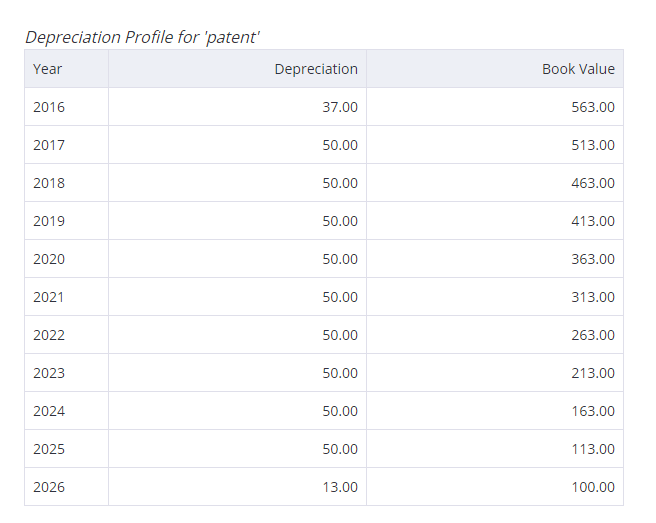Intangible assets - What are intangible assets?
Intangible assets are non-physical items that help a business generate revenue.
Debitoor invoicing software helps you manage your company assets and track their value over time. Try Debitoor free for 7 days.
Examples of intangible assets include website domains, goodwill, and brand recognition, as well as intellectual property such as patents, copyrights, and trademarks.
The alternative to intangible assets is tangible assets, which refers to physical goods such as property, equipment, and stock.
Intangible assets and accounting
When possible, intangible assets should be reported on a company’s balance sheet, including the initial purchase price as well as any import duties and non-refundable taxes.
However, unlike tangible assets, intangible assets do not always have a clear purchase value - for example, brand recognition is built up over time rather than purchased for a measurable fee.
It therefore isn’t always possible to calculate the initial cost of an intangible asset, meaning many intangible assets cannot be reported on a balance sheet.
Definite vs. indefinite assets
Like tangible assets, intangible assets can lose value. Whereas tangible assets lose value through wear and tear, intangible assets can lose value through non-physical factors such as contracts coming to an end. As intangible assets lose value, they will eventually stop being useful.
An intangible asset can either be definite or indefinite, depending on whether there is a foreseeable end to the value of the asset.
For example, a patent may expire unless it is renewed; it only has value for a set and limited amount of time so is therefore considered a definite intangible asset. On the other hand, a brand name can last long as a company is running; its useful life has no foreseeable end and is therefore considered indefinite.
Amortisation of intangible assets
When an intangible asset has a finite useful life, it should be amortised. Amortisation is the process of charging the cost of an intangible asset as an expense.
Amortisation of intangible assets works in a similar way to the depreciation of tangiable assets. Whilst there are several ways use to calculate an intangible asset's amortisation, the simplest is the straight-line depreciation.
Impairment of intangible assets
Because intangible assets with infinite value continue to generate revenue, they cannot be amortised. Instead, they should be evaluated for impairment once a year, as well as any time you suspect that the asset may be impaired.
If an intangible asset has been impaired, you should account for this loss in a profit-and-loss statement.
Intangible assets with finite value may also need to be considered for impairment if there is any indication that the asset has been impaired.
If a finite intangible asset has been impaired, it’s remaining value decreases, and should be recorded. You should also think about whether the useful life of the asset has also changed, and adjust your amortisation calculation to include the new useful life and the remaining value.
Intangible assets in Debitoor
With Debitoor invoicing software, it's easy to keep track of your company assets.
With our more advanced price plans, you can mark expenses as assets. Once you've entered an estimated lifespan of your asset, Debitoor automatically applies straight-line depreciation to help you track the value of your tangible and intangible assets.

